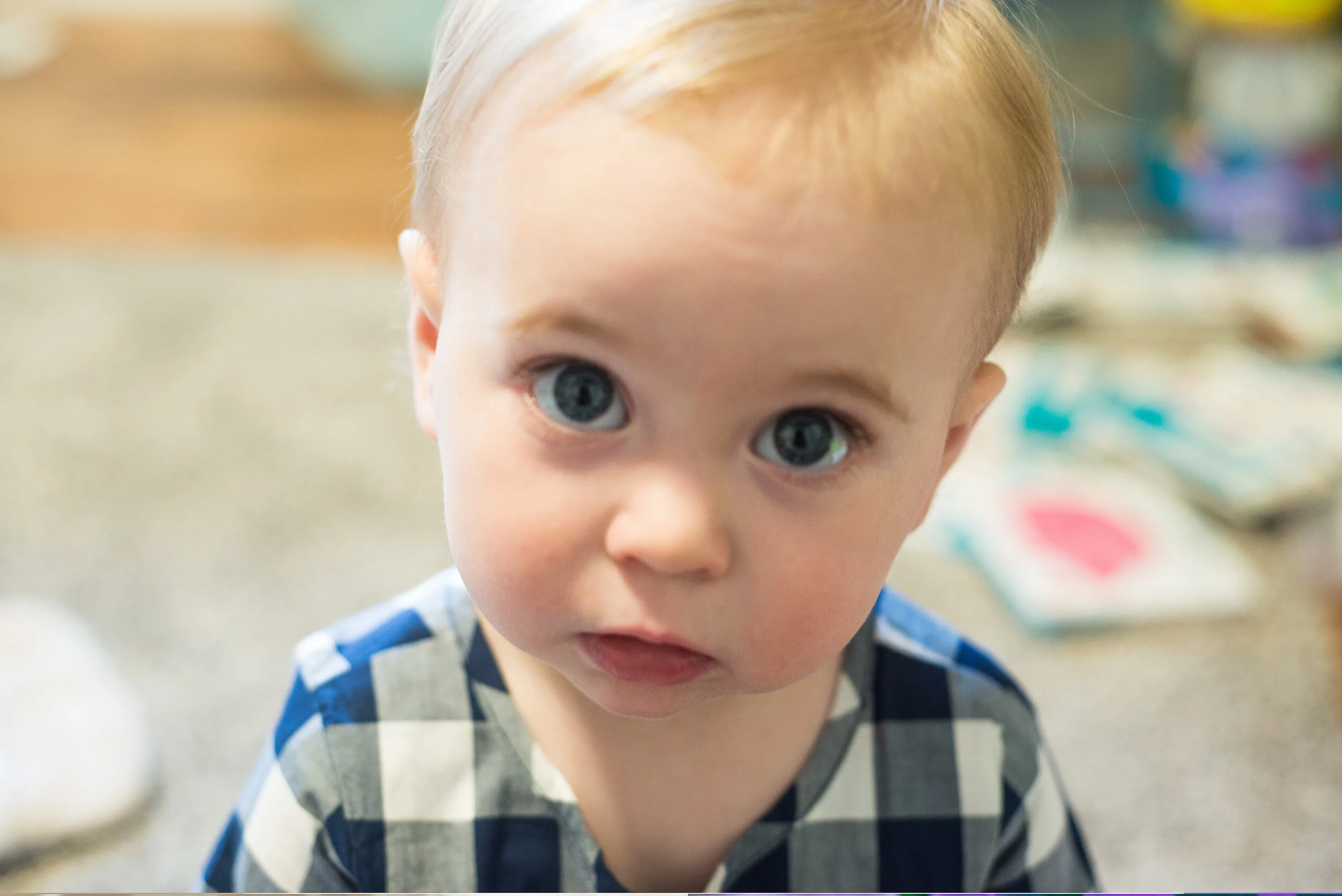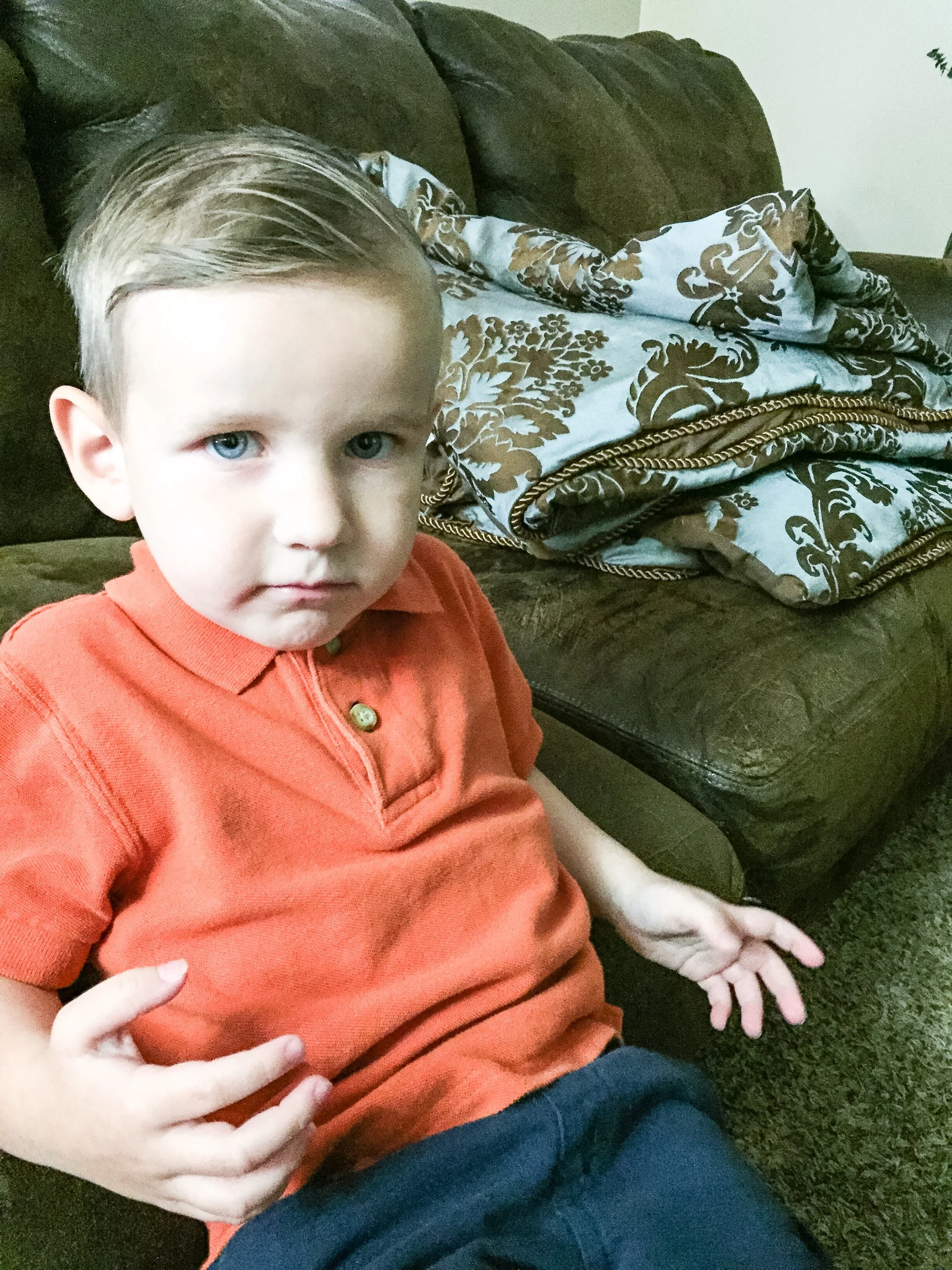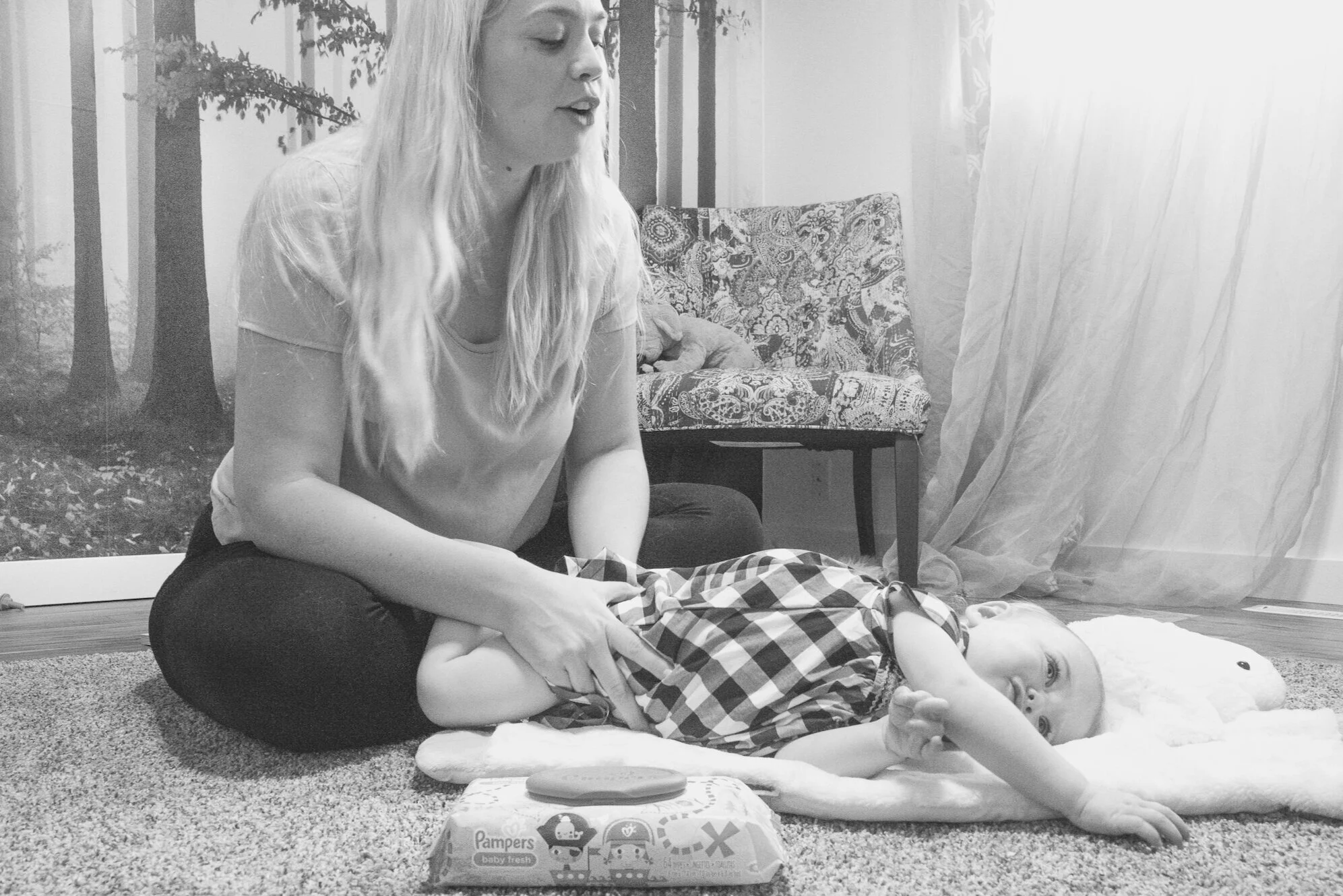Baby Wipes Innovation
Prototyping
ways to make the
diaper changing
process less
poopy
— project manager
product design
——
details
jan 2017 - april 2018
project type - academic
——
background
As a junior in college, I was challenged with creating a product innovation for a randomly assigned item. I led my team through a four-month innovation process. We started with a key question.
——
skills
user research
user testing
prototyping
market analysis
storytelling






How do you innovate an age-old
product to delight in a way that’s financially viable?
——
solution
Wipes that simultaneously entertain and efficiently separate for a minimal additional cost.
——
process
We immersed ourselves in market analysis. We discovered a saturated market—underlining the need to stand out—and a price sensitive end user, presenting the challenge of being financially scrappy.
We dove into user research through social media scraping, interviews, and shop-alongs. Finally wrapping up our initial deep dive with a synthesis of insights.
social media insights
james - one of our toddler users
——
key insight
Babies wiggle.
Causing a one-handed,
never-ending trail of wipes.
instagram vs. reality
We brainstormed solutions, circling through ideas, and finally landing on a toy teether attachment and an adapted wipe dispenser mechanism.
The teether would provide a reliable, instant hands-on distraction, while the new wipe dispenser would cleanly separate. With our prototype in hand, it was time to test.
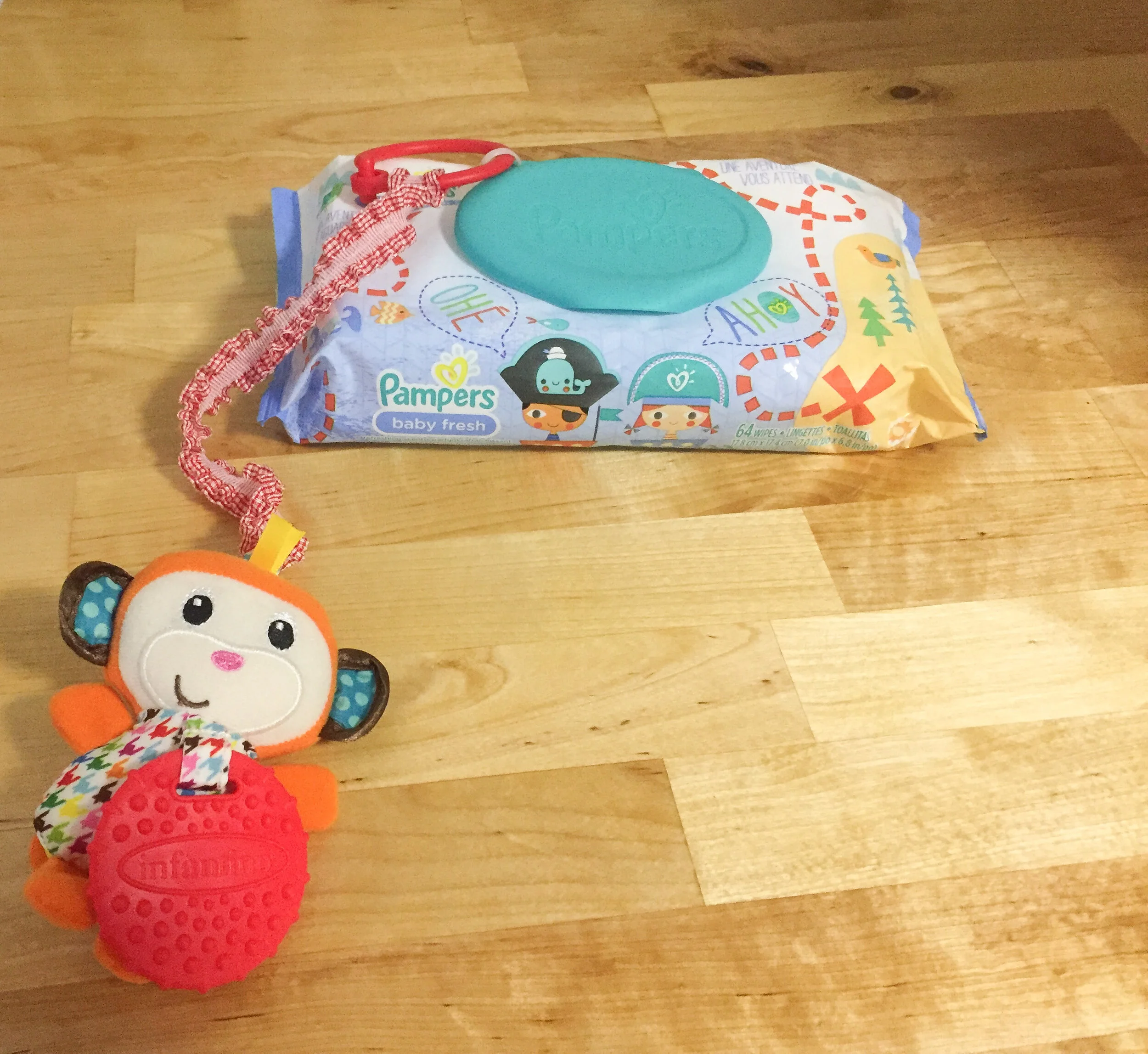
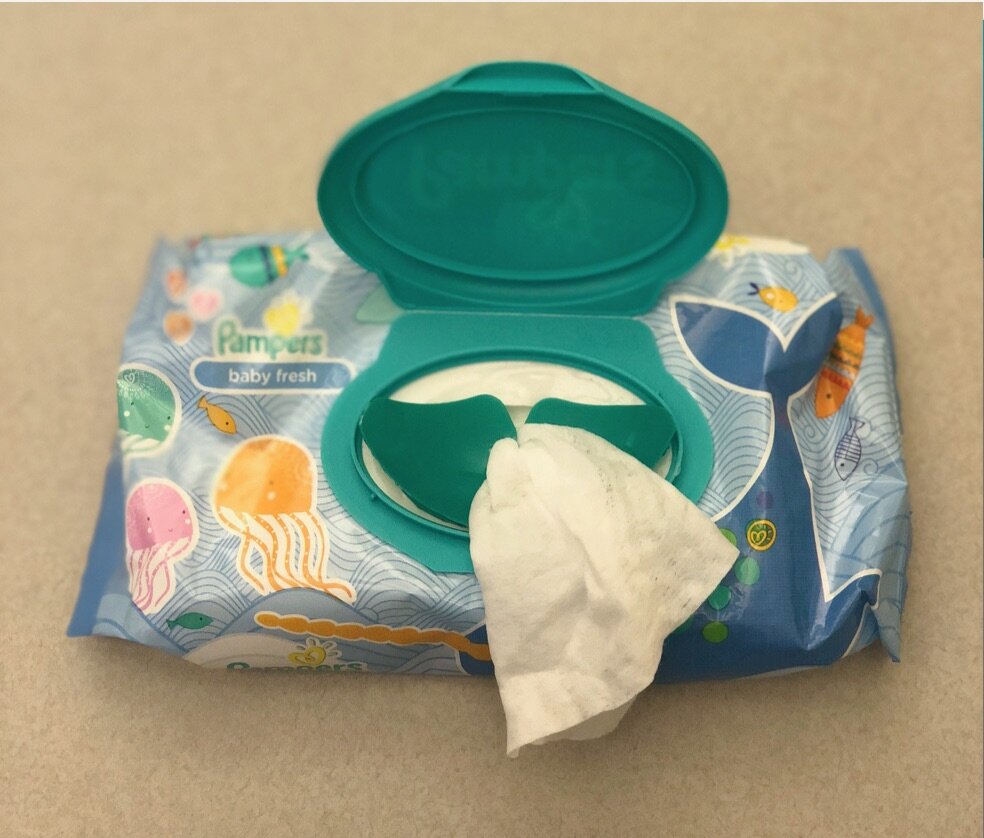
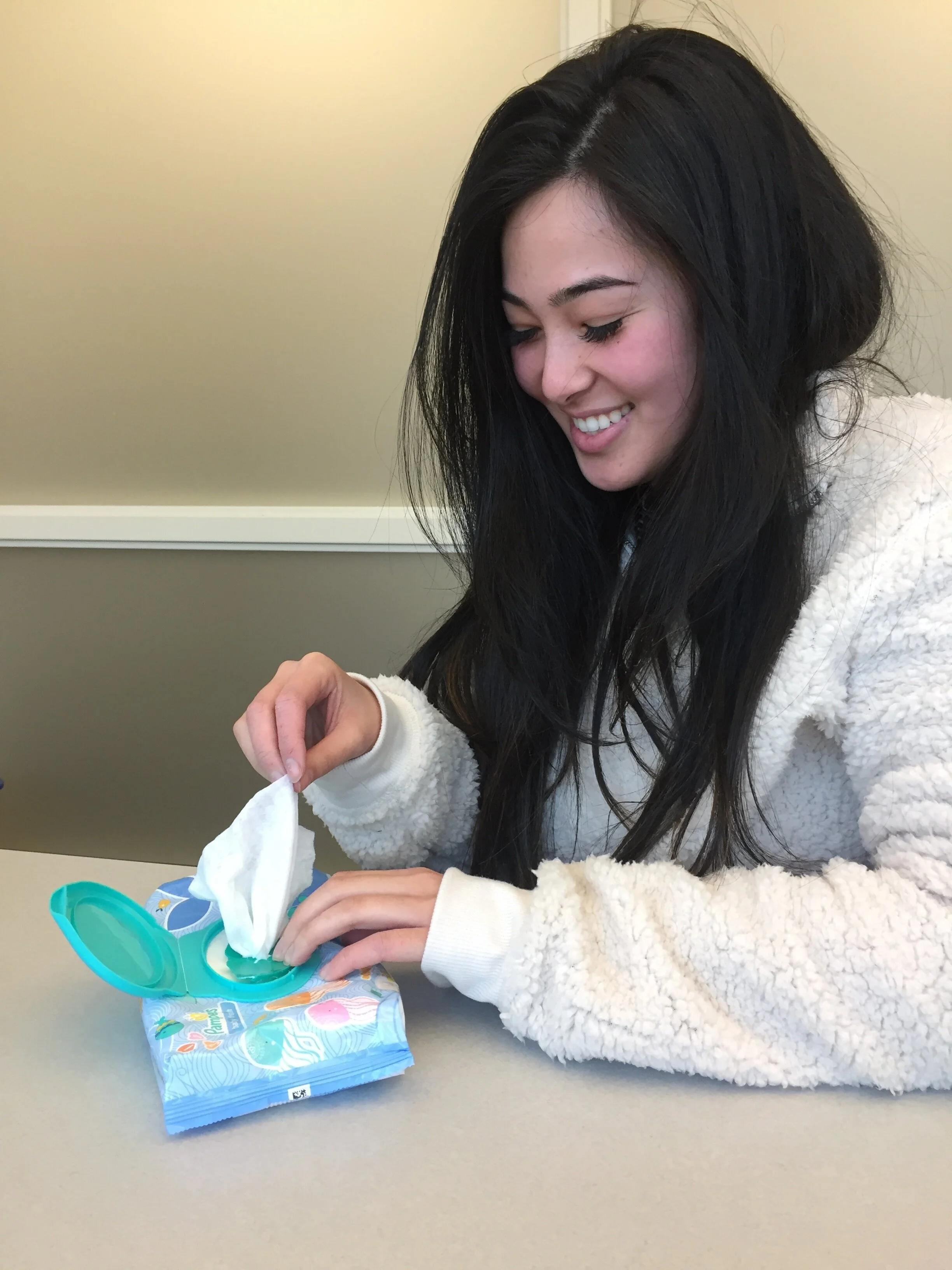
——
result
Finally, we ran a cost analysis and determined our product innovation financially viable—coming to a one-time cost of only two dollars plus a recurring cost of three to six cents per pack.
We compiled our work into a 116 page report (not a joke!) and a slide deck. We wrapped up our project by presenting to industry experts, including c-suite Walmart executives!
“I don’t know why Pampers hasn’t done
this yet.”
walmart executive
lessons.
01 • Insights enhance creativity
I’m a strong believer in the principle that restraints catalyze the best creativity. Our research surfaced financial and manufacturing restraints that ultimately helped us reach a better idea—confirming that empathy is key to a successful design process.
02 • Iteration is key to a great product
If I were to do it again, I would have implemented more iteration at the prototyping stage. While our solution met our users’ needs, my hunch is there were even better ways to do so! Moving forward, I would have tested the idea of a battery-powered automatic sensor (think paper towel dispenser in the bathroom) and button-initiated colored lights and music feature.

